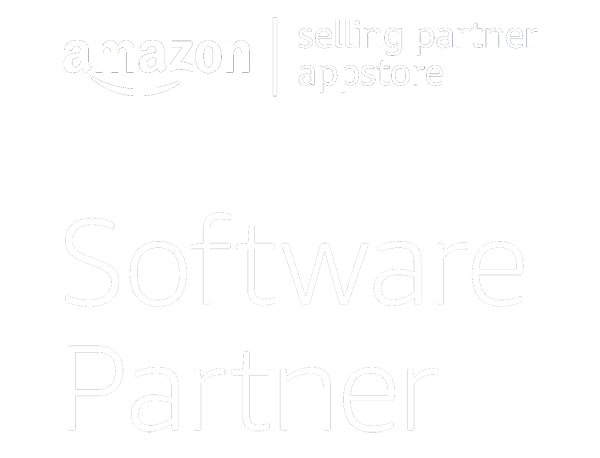The Wall Street Journal has a fascinating article on venture capital secrets and the heavy rate of startup failures in this country. Building and growing a startup is not all roses and rainbows; it’s rife with risk and endless possibilities for bad decisions. Some of the earliest decisions you make as a company involve investing in the technology and applications that best fit your small business goals.
I have been in the technology industry for around 15 years with two startups. Trust me; every early decision must be made carefully to avoid compound mistakes, especially regarding technology.
All that said, you might make some mistakes. The key is putting some structure, process, and evaluation into decisions to prevent those small mistakes from turning into big holes.
I’ve worked for startups, and I’ve worked with small businesses on technology implementations in all different industries. Whatever the nature of your business, here are five considerations for choosing business technology and systems.
Identify Business Needs
There are tens or hundreds of applications for any given business requirement, so where do you start your evaluation? Services like Gartner, G2, TrustRadius, and others will give you a baseline of customer reviews and technology capabilities. This can guide you to narrow your list, but they should not be your main evaluating factor.
The key is to Identify your company goals, objectives, North Star, and journeys that this technology will guide. Then, start with your stakeholders and draft the use cases, data flows, and personas. These will help you get to a conceptual architecture and overall picture. More notably, it will show you the gaps. How you fill those gaps in your business goals is a critical point to evaluate your technology.
Gathering requirements is the first part, but follow it with the prioritization process. Along with getting a product MVP — draft a viable technology architecture with the “must-have” business use cases. This exercise should help reduce complexity, scale as the business grows, and maintain cost-effectiveness. The most effective technology decisions will provide something you don’t have a lot of when you start a new company: resources.
Budget
In parallel to identifying the business needs, consider your budget before signing contracts and buying tools. Again, in the early stages of the startup, and depending on the type of startup, the cash flow tends to be more towards research/development and early marketing (ads, website, waitlisting, etc.). Early on, you want tools that solve specific business challenges at a price that fits your fixed budget. As your business grows, you can always re-evaluate and purchase a more robust application.
Common Business Applications and Rationalization
There are 5-10 types of applications that are key to efficient journeys and business growth. Many of the businesses I’ve worked with use some combination of the following:
- Customer Relationship Management, or CRM
- Event management
- Marketing automation software
- Website designer
- Project management
- Internal/external communication
- Data warehouse
- Integration software
@runviably Part 1: As a #smallbusinessowner #businessoperations can complicate your day. But with the right #crm tools, you can be #agile with your #customersupport ♬ original sound – Viably
Early on, you’re trying to limit complexity across your systems and also stay within your budget. But remember that it’s impossible to achieve a complete consolidation, and never try to force consolidation where it doesn’t exist.
Whenever possible, try to identify standard business processes and use the same technology for all of them. Use your research on personas and data/use cases to identify your source of record and source of engagement, and add a rationalization activity to your evaluation process.
Out of the Box Configuration vs. Customization
One of the secrets to a growing business is your speed to market. Product and all the supporting business applications should have the ability to make changes quickly. One way to ensure simplicity and agility with minimal technical experience is to address business needs with out-of-the box (OOTB) solutions. (In other words, a solution that requires no customization to achieve your business goal).
Configuration and OOTB allow you the flexibility for faster deployment, better support, proven quality, and lower budget/reduced development cost with no or minimum technical experience.
Of course, the custom solution has benefits, too, especially if solutions need to be tailored to your business needs. Analyze and make the right decision collectively with the team, even if it means going with a combination of OOTB and customized solutions. Whatever you choose, refer back to where we started: be sure you’ve completely addressed the business needs.
Security
With product and business applications moving to the cloud and available over various networks, most of the business applications provide security OOTB. Before I get into any technical security details, here’s a rule to live by. For most of your business applications, your primary security concern is to prevent unauthorized access.
To avoid unauthorized access and protect your production, create a strategy that would separate your development, staging, and production environments. Configure roles, permissions, and responsibility matrix with minimal access to production users.
For financial technology production (like ours), evaluate applications with field encryption and full disk encryption capabilities.
Choosing the Right Technology for Your Business
Though your industry and business goals play essential parts in your decisions, there are some common themes for technology evaluation, selection, and implementation. A lot goes into developing the right product and establishing IT and business processes. Though your needs and use cases may be complex, you can simplify the process by creating goals and governance, and by following the best practices above.
The appropriate technology will help your business grow faster, so take these decisions seriously. Good luck & happy StartUpping!



